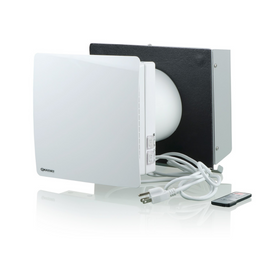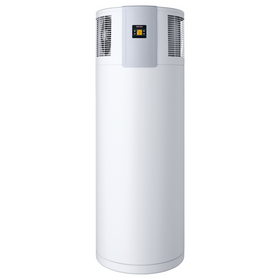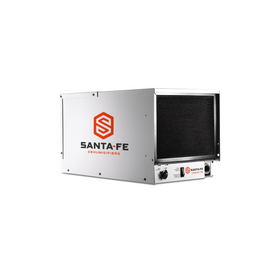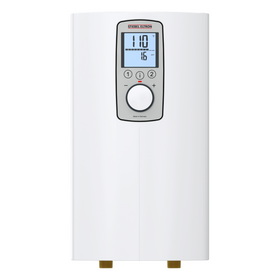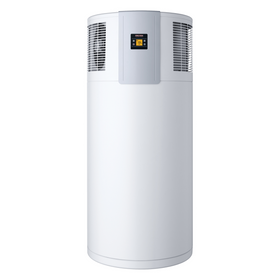
Backyard Bee Raising
Last Updated: Feb 26, 2025Many homeowners have pets. Dogs, cats, and maybe even a rabbit or a hamster are frequent animal companions for millions of people around the country. If someone told you, however, that they raised tens of thousands of “pets” in their backyard, you might think that they took the whole “crazy cat woman” characterization to an entirely new level. The average honey bee colony, however, has anywhere between 10,000 and 80,000 bees and is one unique opportunity for keeping animals on a small homestead level. While you might not be able to play with your bees as you would with a dog, beekeeping is an intensely exciting hobby. It can allow homeowners to contribute to the ecological resiliency of their home
Many of us might harbor painful childhood memories of running away from a swarm of bees or getting stung after accidentally knocking a wild beehive off a branch when climbing a tree. People who suffer from severe allergic reactions to raising honey bees might want to stick with a more traditional cat or dog pet. However, bees raised in backyard hives can be an extremely safe and ecologically functional choice of “pet.” Below, we offer a complete overview of how you can start raising bees in your backyard.
Table of Contents
- Can I raise bees in my backyard?
- How do you start keeping bees?
- Keeping bees for beginners
- How much does it cost to raise honey bees?

Can I raise bees in my backyard?
Before we get into the essentials of backyard bee raising, you need to know that not all cities or regions will allow people to raise bees. Honey bee hives might seem like they belong in the woods or other rural areas. However, with the right amount of planning, bees have been raised in extremely urban areas. There is even a New York City Beekeepers Association with about 120 beekeepers in the nation´s largest city.
Homeowners interested in purchasing a hive or two should first research and learn about any relevant regulations regarding keeping beehives in urban or suburban places. Your county might have limits on the number of hives you can have, and you might have to register your hives with the city as well. It is important to note that some homeowners associations (HOA) will have strict limitations on bee raising. While some of your neighbors might be justifiably worried about having tens of thousands of bees next door, offering a few jars of organic honey is one way to win over your neighbors as well and qualm their worries regarding stings.

How do you start keeping bees?
Bees are fascinating creatures with complex societal structures. Besides offering honey, beeswax, and pollination services, homeowners can spend hours learning the unique architecture and organization of their colony. Another benefit of keeping bees is that once you set up the necessary infrastructure, bees will mostly take care of themselves.
To get started, you will need to purchase a beehive (see below for an explanation of three options), a beekeeping suit, a smoker, and the colony itself. When your hive and colony come in the mail, you will want to face your hive towards the southeast and position the hive so that honey can be easily accessible during harvest. If you live in a windy area, you will need to create an artificial windbreak at the back of the hive. In addition, search for areas in your yard with indirect sunlight as direct sun during the summer months can cause problems with overheating. With these underlying conditions, your hive will have the optimum temperature, sunshine, and ventilation needed to begin creating honey and beeswax for you and your family.
Once everything is set up, backyard beekeepers should expect to spend about one hour per week on colony management. During cold winter spells, there may be some additional work needed to help your colony safely overwinter.
Keeping bees for beginners
Once your hive is set up, there is relatively little work or maintenance on your part. Bees make honey from the nectar of flowers that they visit during their days of foraging. Of course, you can help your bees make honey by planting a variety of plants that will flower throughout the year. Check out this guide for how to plant a “bee lawn.”
During the first year of beekeeping, the chances are that you will not be able to harvest substantial amounts of honey or beeswax for yourself. It is vital to give your bees an opportunity to “get settled” before starting the harvest process. In subsequent years, however, honey and wax can be harvested whenever a substantial nectar flow is occurring (i.e., whenever the bees have access to lots of flowers). During these flows, your beehive will fill with cured and capped honey. Bees rely on honey to stay alive during the winter but will produce excess honey, which is what backyard beekeepers can harvest for their use.
During the middle of summer, check your hives every week or two. When you see several frames in your hive that are filled and capped with honey, you can remove that frame and harvest the honey. You will, of course, want to leave a few frames for the honey bees to survive during the winter. This helpful video shows how to harvest honey from your hives safely.

How much does it cost to raise honey bees?
Beekeeping can represent a significant upfront cost. Unlike other common pets, however, bees can make you money through the sale of honey, beeswax, and other unique, natural products that we will detail below. In general, a single new hive costs an average of $150. If you don’t know of any local beekeepers who are willing to sell you one of their colonies, you can check with your local agricultural extension office for local suppliers. There are dozens of different companies who raise bees and can sell you a colony that is ready to begin making honey.
Mountain Sweet Honey is one Georgia-based apiary that ships beehives to every state in the contiguous 48 states. Their hives are managed by natural organic methods and come with a certified license from the Georgia Department of Agriculture. They offer Italian bee packages, Carniolan bee packages, and Russian Hybrid bee packages with prices as low as $120 for a complete hive including approximately three pounds of bees, including nurse bees, forager bees, guard bees, and drone bees, and a queen bee is open mated and shipped in a separate cage.
Your beehive will represent another one-time, upfront cost that you should factor into the equation. There are three main types of beehives on the market, including:

- The Langstroth Hive: This type of hive has removable frames meaning that the backyard beekeeper can inspect the bee colony without having to cut out the honeycomb. This option is considered less invasive to bees and is relatively easy to manage. These types of hives are stackable, which is vital for backyard beekeepers who want to expand their operations, but don’t have a lot of space. A wooden Langstroth Hive should cost you around $120.

- The Warre Hive: This type of hive was designed to mimic the naturally occurring holes in trees where bees typically prefer to build their hives. Warre hives are small boxes, with the addition of new boxes to the bottom, instead of to the top. While this type of hive does include a bit more lifting, it is considered to be one of the most “natural” types of hives. A Warre hive can cost you around $60 for each additional box you add to your growing hive.

- The Top Bar Hive: This type of beehive is made of one long box, and doesn’t include stacked boxes such as the other two options reviewed here. You will not have to be lifting heavy boxes, which can limit the possibility of potential bee stings. The top bar hive only includes top bars of wood with a bit of beeswax starter strip where the bees will subsequently build their comb. A high-quality top bar hive can be a bit expensive, with quality options starting at just over $430.Other upfront costs for first-time beekeepers include proper protective clothing, a smoker, and different hive tools. Bee protective clothing can run you around $150, though you can find bargain bee suits for about $40 on Amazon. In addition, a smoker can cost you another $20 or so.
Backyard bee raising might seem like an exotic hobby. For homeowners interested in raising a “pet” (or thousands of them), bees offer a delicious and nutritious organic product. They provide essential ecosystem services making backyard beekeeping one option worth exploring.
Tobias Roberts
Tobias runs an agroecology farm and a natural building collective in the mountains of El Salvador. He specializes in earthen construction methods and uses permaculture design methods to integrate structures into the sustainability of the landscape.

